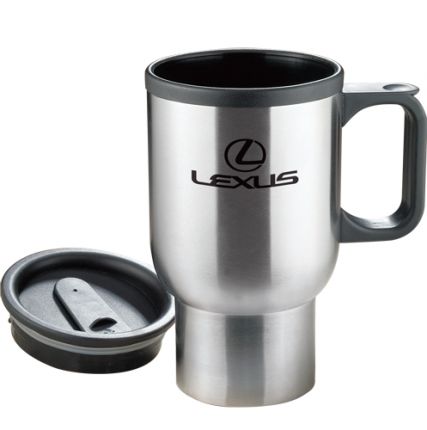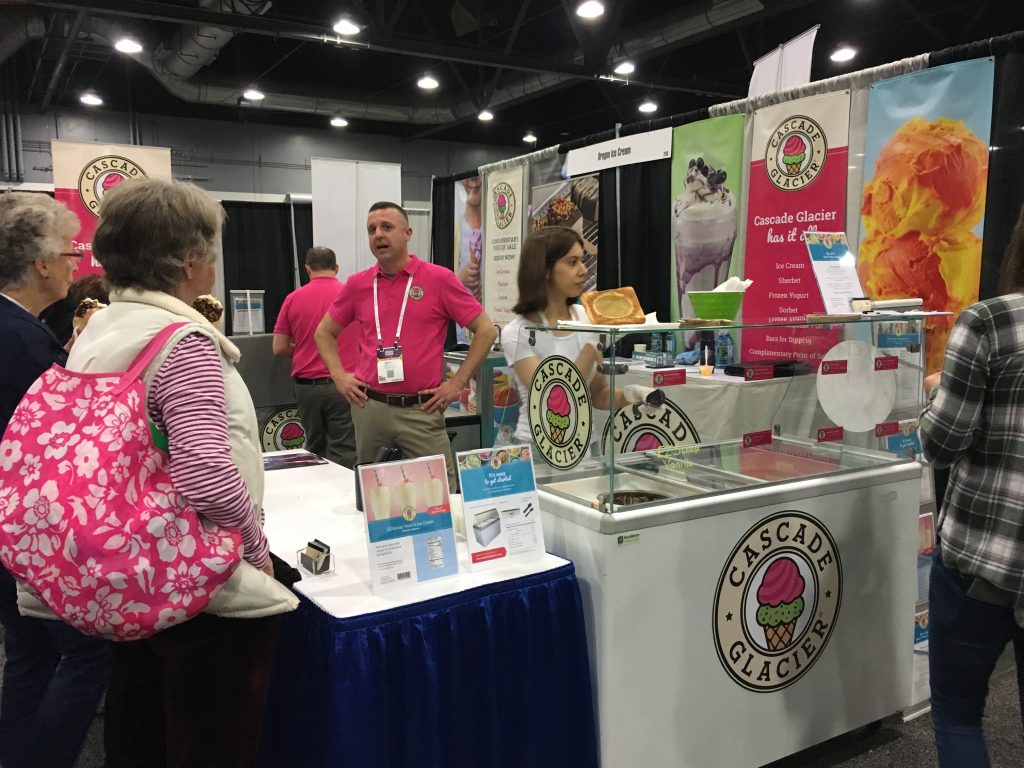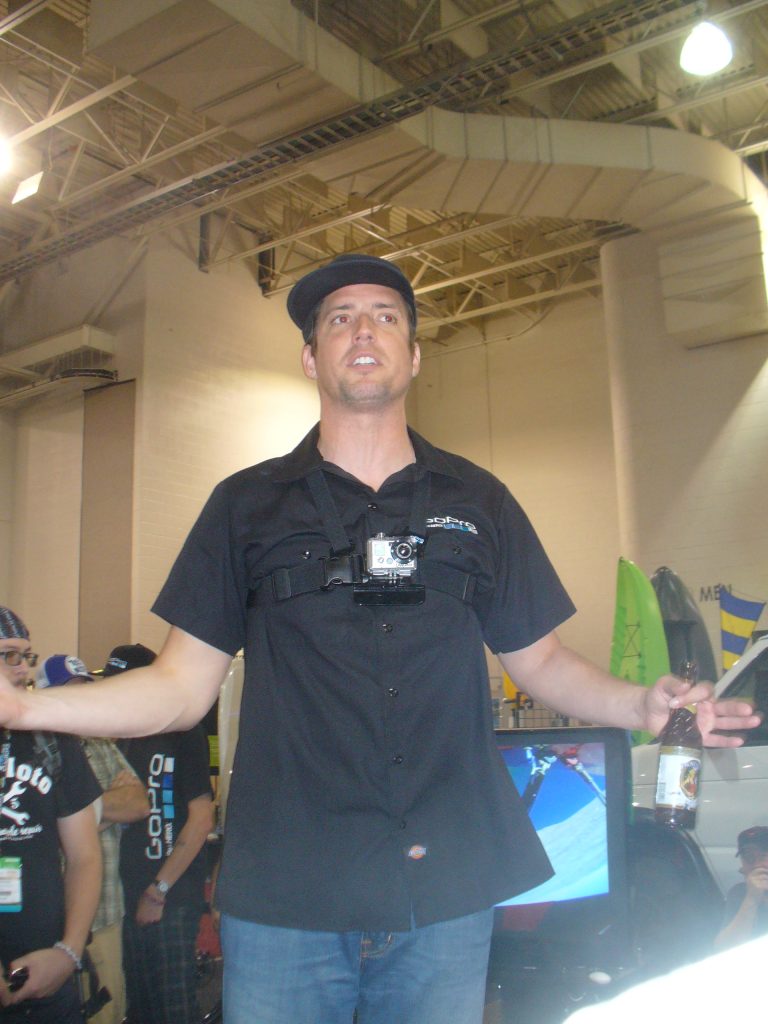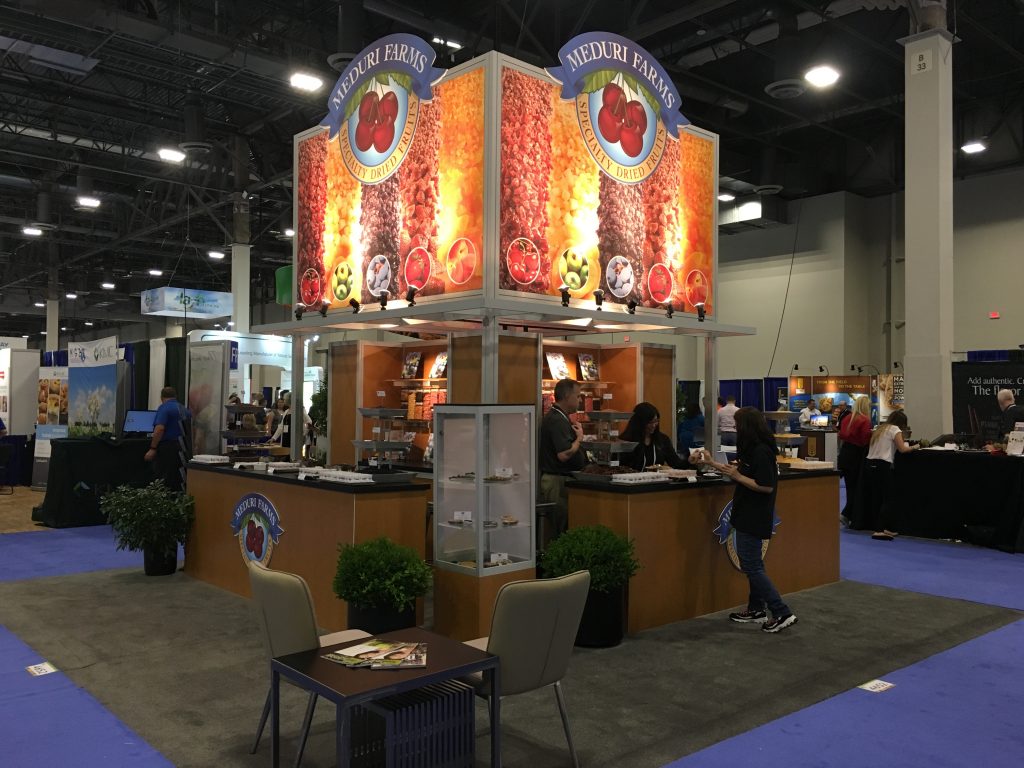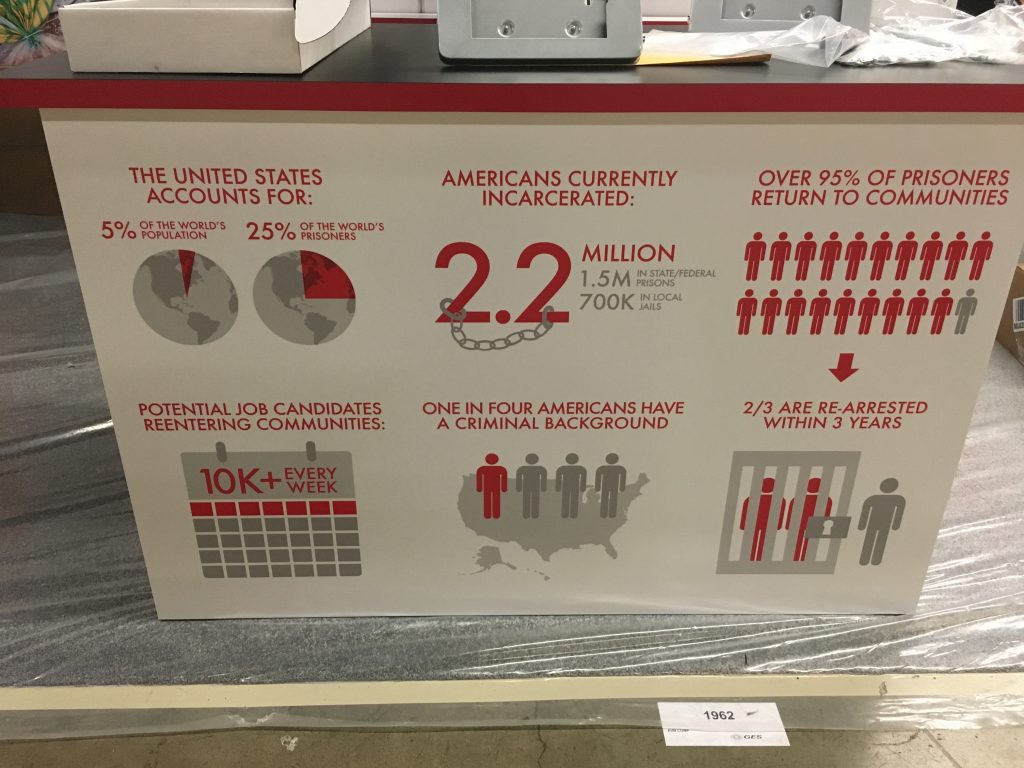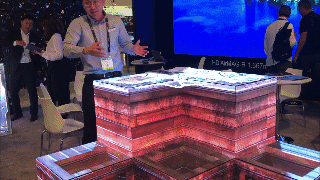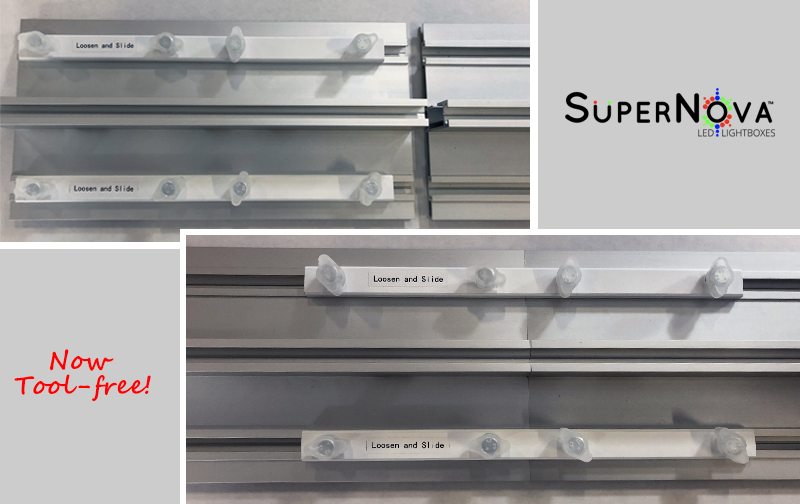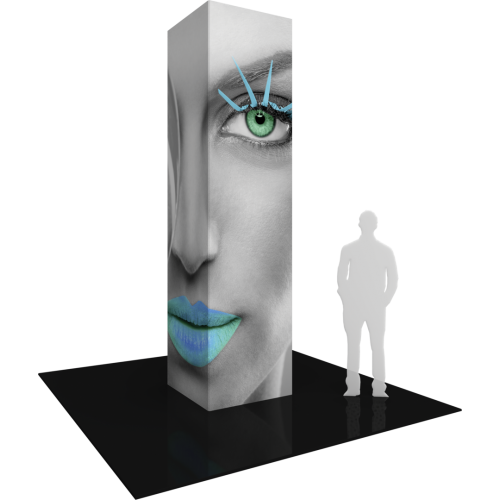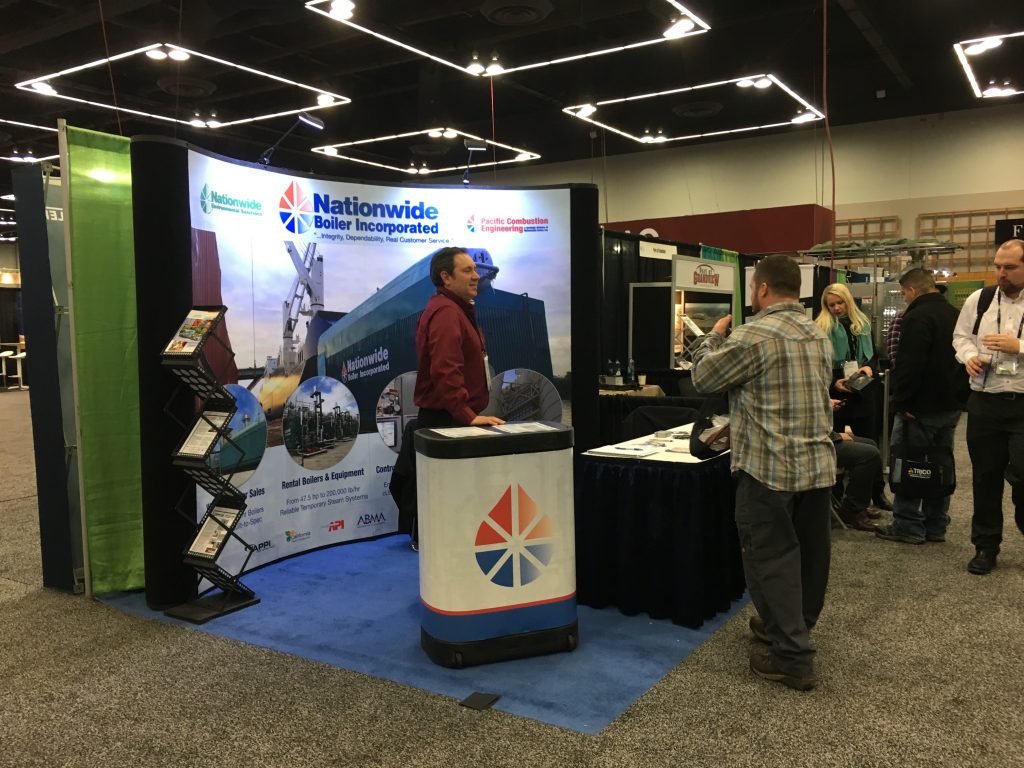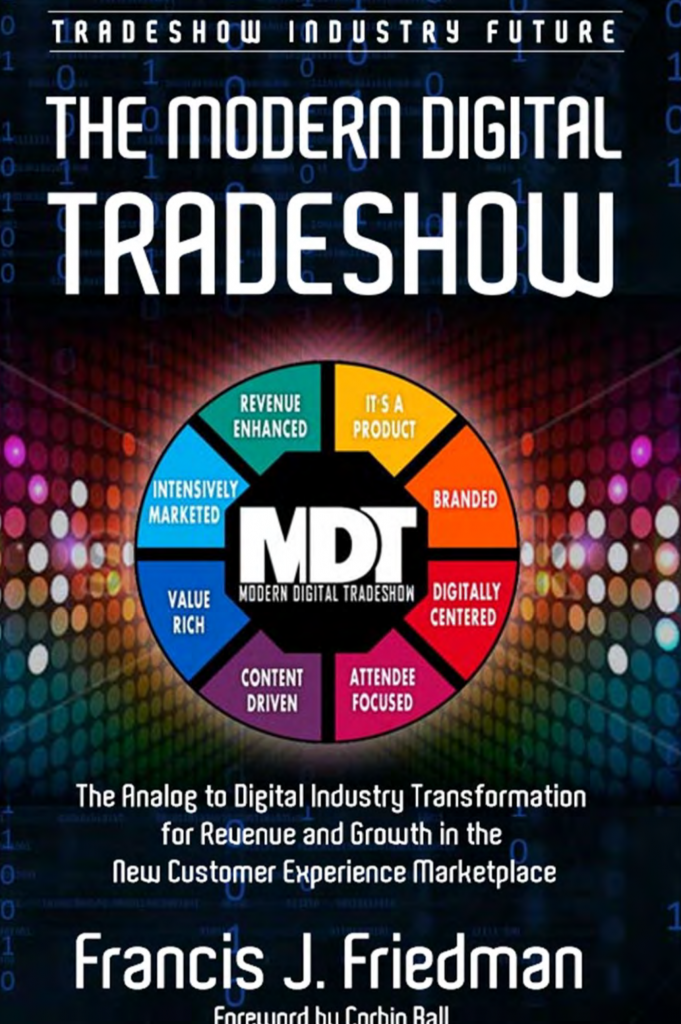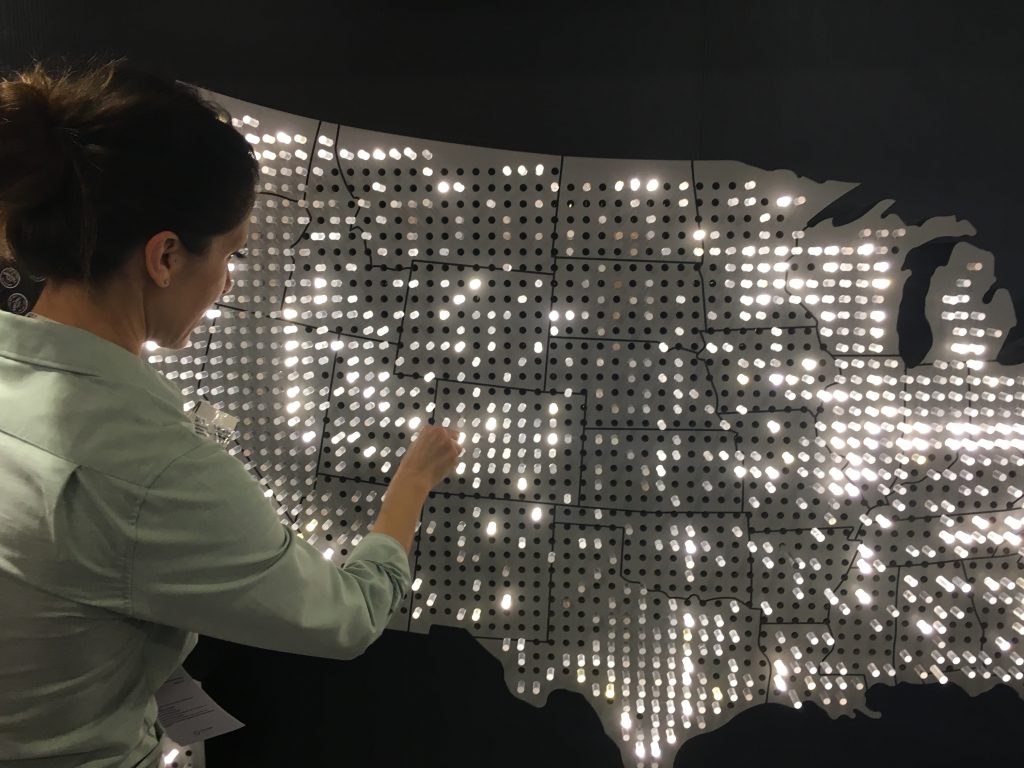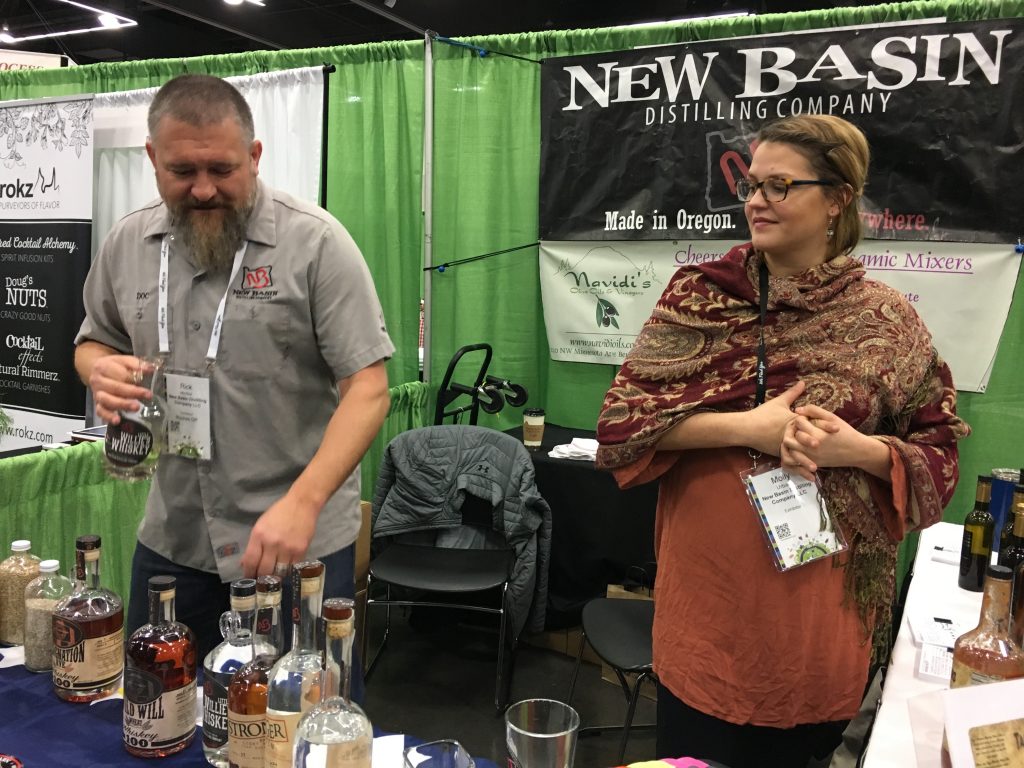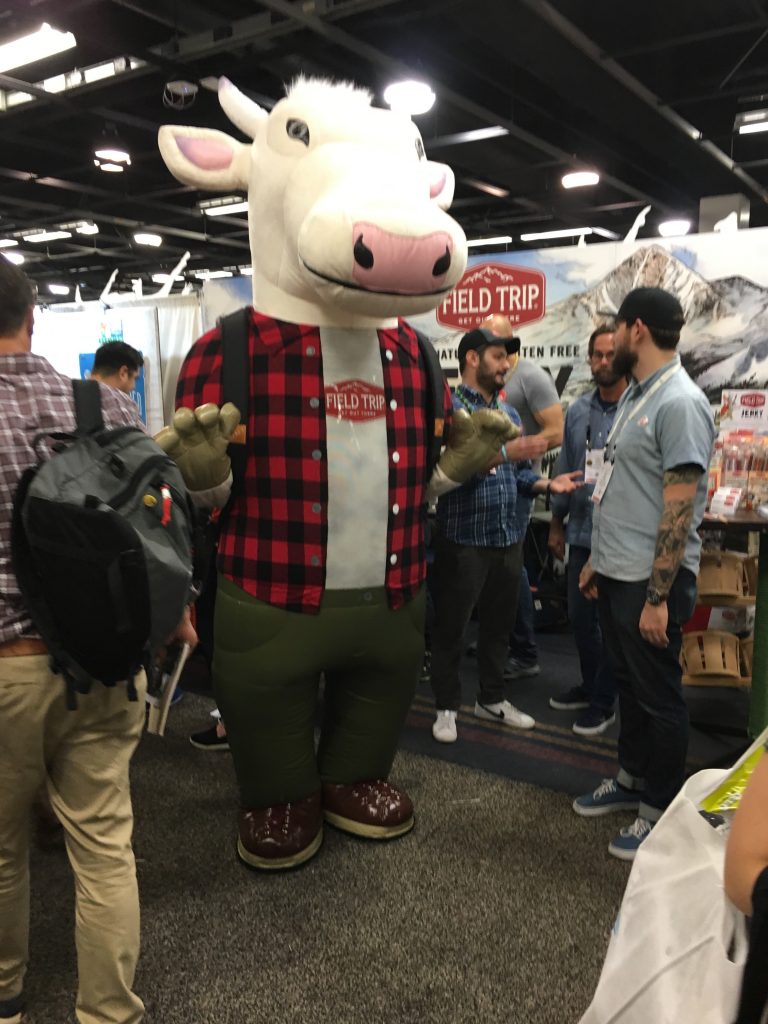The Pros and Cons of Giving Out Free Gifts
This is a guest post by Rodney Laws, Editor at Ecommerce Platforms.
We’re all familiar with tradeshow swag. If you’ve been through a hectic stretch of tradeshow attendance, you’ve surely lurched back to your vehicle of choice with a heavy bag of assorted items — and if you’ve ever presented at such a show, you’ve most likely opted, or been told, to hand out some products (free of charge).
It’s a long-standing staple of the industry, so you might think it’s inevitable, but you have a choice in the matter. Don’t want to offer free gifts? You don’t have to. If you’re on the fence, though, you might be looking for a nudge in one direction or the other. So what should you do? Cover your stall in tempting swag, or leave it bare and focus on the reason why you’re there?
To borrow from ecommerce parlance (it is my industry, after all), it’s like the delicate matter of landing page development: you can have a generic landing page that doesn’t impress or offend, or you can build a custom landing page that differs from the competition in ways that may delight or frustrate. Neither option is perfect. Either can go wrong.
To help you decide what’s best for you, here are the pros and cons of giving out free gifts. Consider them my gifts for you (have I tipped my hand there?).
Why you should give out free gifts
All those tradeshow presenters can’t be totally misguided in breaking out the swag bags. Here are the main reasons why you should dish out the goods:
- They can easily be branded. You don’t need to hand out generic items that will get thrown in bags and immediately lose any association with you. If you do it well, you can give out branded gifts that get across your brand identity and possibly your brand message too (it depends on how much space you have for text and visuals).
- Tradeshows can be dry. As much as professionals will get hyped-up ahead of a tradeshow, the energy can run out quickly if exhibits are dull and they drank too much the previous evening. But free gifts will always get attention — and even if that attention is brief, it’s better than no attention at all.
- You can get quite creative. Pens are always useful, but you don’t need to offer pens. If you can think of something portable and not overly expensive, you can make it a free gift, and that gives you a lot of creative scope. Look at what others are doing, and come up with something different.
- People often expect them. Unfortunately, the precedent of free gifts at tradeshows can make life hard for those exhibitors who don’t have any. It might be viewed as indicative of a lack of effort, or even a cheapness that bodes poorly.
Why you shouldn’t give out free gifts
That something is popular doesn’t mean it’s sensible. Here are the main reasons why you shouldn’t give out free gifts at tradeshows:
- The ROI might not be there. While it’s great to get plaudits for the quality of your swag, you need meaningful ROI for the process to be worthwhile. If you keep handing out products and getting less value in return than you spend on them, then you’d be better served not giving out any gifts at all. Sometimes there isn’t much point.
- You can make it a selling point. If you just have an empty stall, no one will care, but if you make a point of your lack of free gifts — you could make it a stand against plastic use, for instance, or simply explain that your brand is so good that you don’t need gimmicks (this is itself a gimmick, of course, but don’t mention that) — then you can get the same kind of attention at no cost.
Overall, then, should you bother giving out free gifts? Well, it depends on whether you think there’s ROI to be yielded. If you can choose the gifts well and make them actionable somehow, they can prove quite fruitful. Here’s my suggestion: try to come up with a smart free gift strategy. If you devise one, use it. If you don’t, forget the gifts. Simple!
Rodney Laws is an ecommerce expert with over a decade of experience in building online businesses. Check out his reviews on EcommercePlatforms.io and you’ll find practical tips that you can use to build the best online store for your business. Connect with him on Twitter @EcomPlatformsio.

